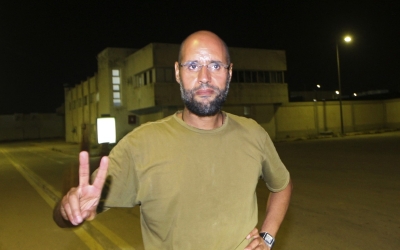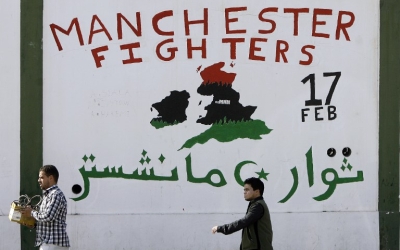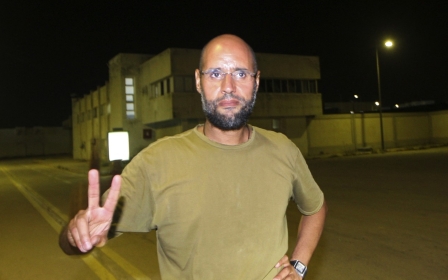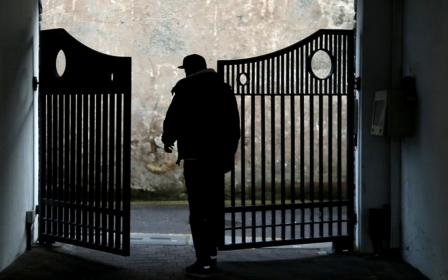Libya: Extent of Gaddafi's financial support for IRA stunned British intelligence
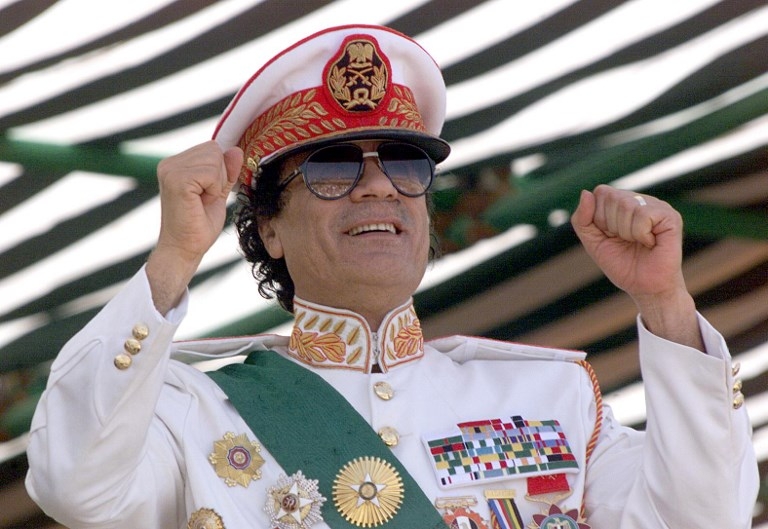
The true extent of Libya's support for the Provisional IRA in the 1970s and 1980s has been revealed following the release of secret documents by Ireland's National Archives.
Suffering from extensive sanctions following the bombing of a Pan Am airliner over Lockerbie in 1988, the Libyan leader Muammar Gaddafi in the summer of 1992 decided to reveal details of his support for the IRA in a bid to repair relations with Britain.
While the information about the number of arms shipments, which Britain immediately shared with the Irish government, was generally in line with London's own estimates, British intelligence was shocked at the amount of financial aid.
Having been told the figure of over $12.6m in cash - the equivalent of roughly $45m in today's money - British officials said: "Libya has given PIRA (the Provisional IRA) far more money than we had thought".
Meanwhile, a Gardai memo to the Department of Justice in June 1992, part of the documents released on Tuesday, outlined in detail the arms shipments from Libya to Ireland between March 1973 and October 1987.
Supplied in five shipments – one in 1973, and two each in 1985 and 1986 – the arms were detailed as 1,450 Kalashnikov automatic rifles; 180 pistols; 66 machine guns; 36 rocket-propelled-grenade launchers; 10 surface-to-air missiles; ten flame-throwers; 765 grenades; 5,800kg of Semtex explosive; 1,080 detonators; and almost 1.5 million rounds of ammunition of various types.
The shipments finally came to an end in October 1987 when France intercepted a sixth shipment, stored aboard the cargo ship MV Eksund.
Libya also handed over the names of IRA members who had received military training in Libya, although the vast majority of names appeared "to be nom de plumes which were assumed by PIRA personnel to disguise their travel to Libya".
'Gaddafi is mad'
The state papers, released under Ireland's 30-year rule, showed Libya had earlier tried to get Dublin to help in repairing relations with Britain.
In 1988, Tripoli told the Irish Embassy in Rome said it wanted its "good friends in Ireland to help them in their objective".
However, Ireland's foreign ministry was not interested, believing Libya was "trying to use us as a vehicle for gaining international respectability".
The documents also reveal that Irish Taoiseach Charlie Haughey and the British Prime Minister John Major met at Government Buildings in Dublin in December 1991 to discuss intelligence indicating Libya was responsible for the Lockerbie bombing.
"There is no doubt that Libya is responsible for the blowing up of the Pan Am flight... The thing is, what do we do? Libya is a terrorist state," said Major.
Haughey replied that Dublin would support whatever UN or G7 action was taken even if it hurts the Irish economy.
“The trouble is that Gaddafi is mad,” Haughey cautioned, with British officials saying Egypt had tried to “bring him around” but without success.
Gaddafi ruled Libya from 1969 until his overthrow and death during the Arab Spring in 2011.
Middle East Eye delivers independent and unrivalled coverage and analysis of the Middle East, North Africa and beyond. To learn more about republishing this content and the associated fees, please fill out this form. More about MEE can be found here.


